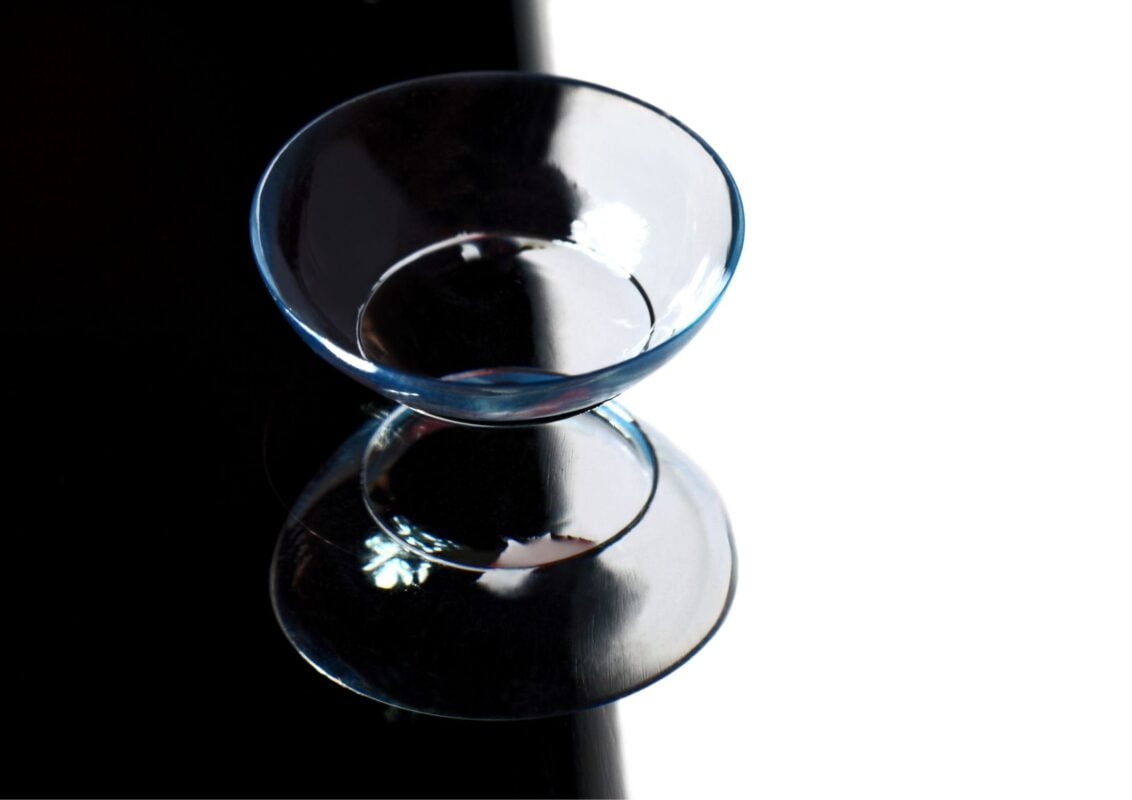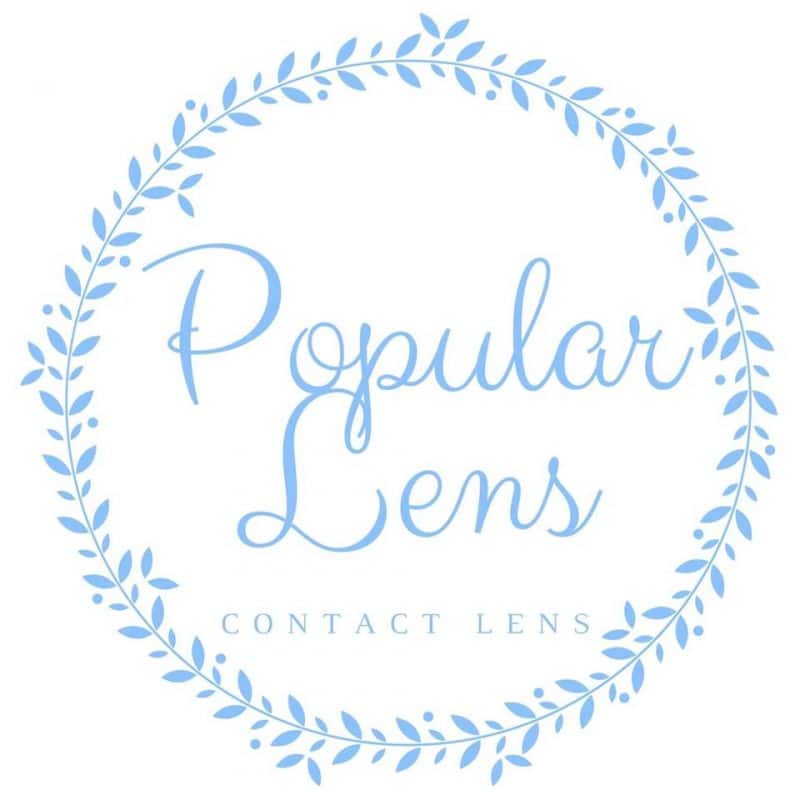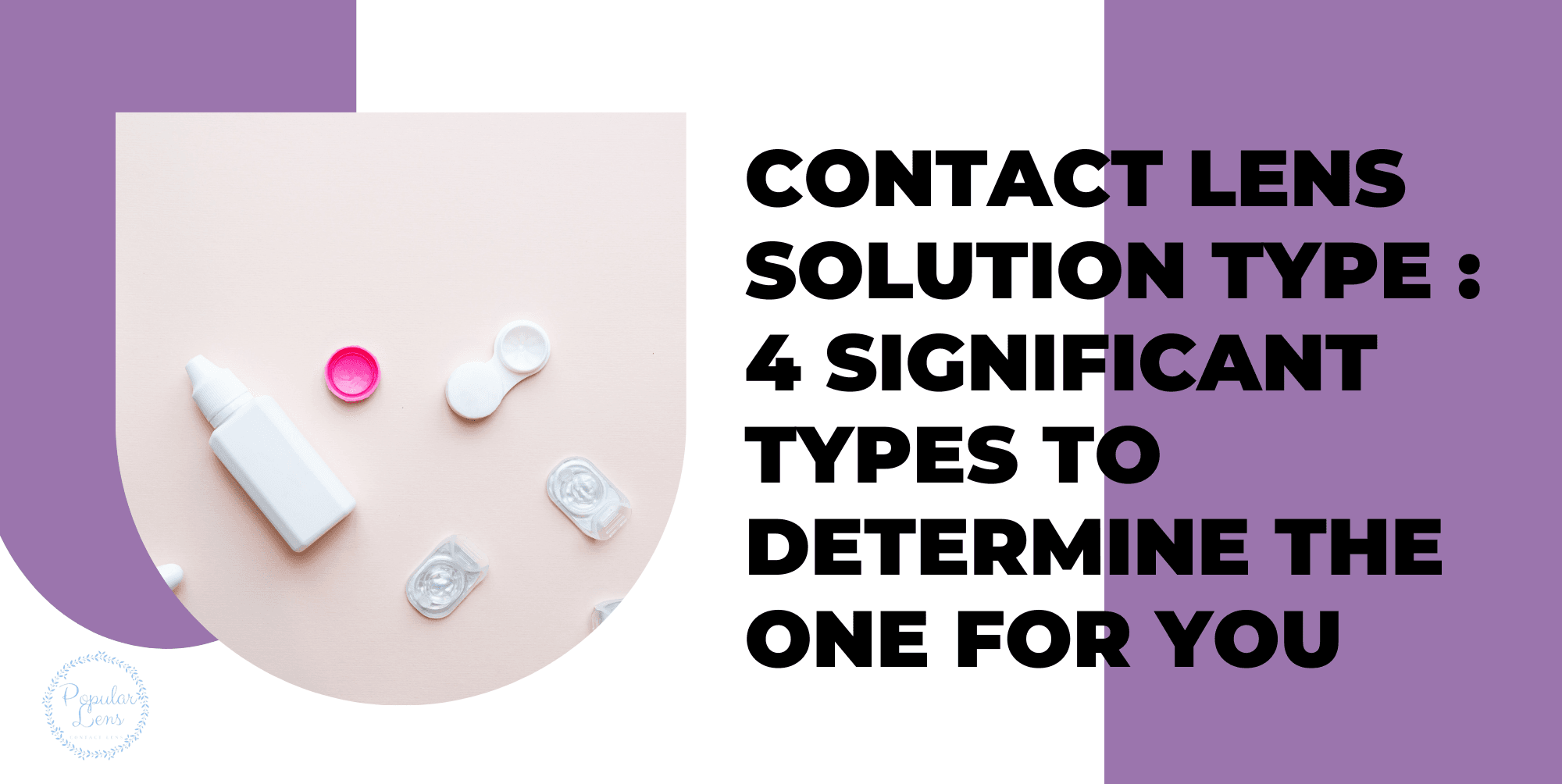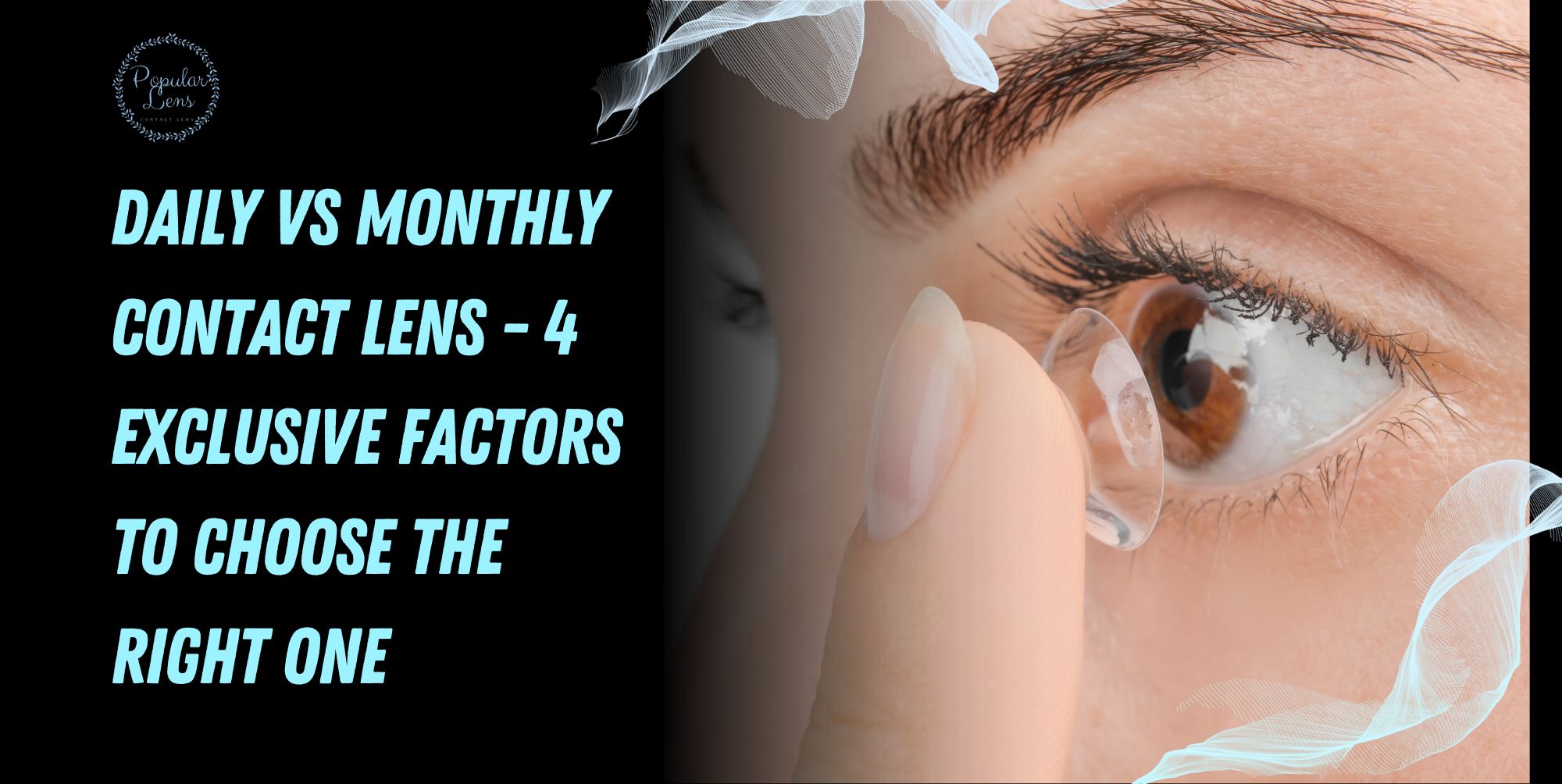Lifestyle
Understand The Different Types Of Contact Lenses – #1 Comprehensive Guide
Contact lenses have come a long way from being just a vision aid. These small, curved pieces of technology have revolutionized vision correction, providing convenience to many people who need glasses. It has merged as a popular alternative to traditional eyeglasses.
When contact lenses were first introduced in the 19th century, they couldn’t be worn for long hours because there wasn’t much oxygen. But as time passes, the technology for contact lenses has improved. You can find a range of contact lenses in the market that are comfortable and breathable.
But with so many choices in the market, how much do you know about contact lenses? Whether you are nearsighted, farsighted, or dealing with astigmatism, there is likely a contact lens option suitable for you.
Before getting yourself one, or you may have experience getting one but having problems with it, it is important to understand the different types of contact lenses available in the market. Once you have understood the types of contact lenses, you can make an informed decision that suits your lifestyle and needs.

What Are Contact Lenses?

Contact lenses are thin, curved discs placed directly onto the eye’s surface. They serve as an alternative to traditional eyeglasses for correcting vision problems. Unlike traditional eyeglasses, contact lenses do not rest on the nose or ears, providing a more natural look and a wider field of view.
By adjusting how light enters the eye, contact lenses help individuals achieve clearer vision without the need for bulky frames. They can remain noticeable to other people unless you are wearing a colored contact lens.
These lenses are available in different types, each catering to specific eye conditions and preferences. They have become more than just vision aids. Now, they have also become fashion accessories and tools for various activities.
Types Of Contact Lenses #1 – Soft Contact Lenses

Soft contact lenses are designed to correct vision problems while offering comfort and flexibility. These lenses are made from soft, water-absorbing materials that allow oxygen to reach the cornea, promoting eye health and comfort.
Soft contact lenses are known for their ease of use and adaptability. They conform to the shape of the eye, making them comfortable to wear even for individuals. Most people who use contact lenses will opt for soft lenses. Soft contact lenses are considered more comfortable than other types of contact lenses.
Soft contact lenses provide a natural look and are less likely to cause discomfort during the initial adjustment period than rigid gas-permeable lenses. It is suitable for various activities, such as sports and other physical activities.
Types Of Contact Lenses #2 – Hard or Rigid Gas Permeable (RGP)

Hard contact lenses, also known as rigid gas permeable (RGP), are made from rigid, durable materials. Unlike soft contact lenses, which are flexible and pliable, RGP lenses maintain their shape on the eye. They are designed to provide excellent visual clarity, making them a preferred choice for individuals with specific vision needs.
RGP lenses still allow oxygen to pass through to the cornea, allowing your eyes to breathe. Also, they are more resistant to deposits and tearing than soft lenses. This durability can lead to longer-lasting lenses and potentially reduced replacement costs.
However, it is important to note that RGP lenses can have a longer adaptation period compared to soft lenses. They may initially feel less comfortable until you become accustomed to their presence. Their maintenance will also be slightly more complex than soft contact lenses.
Types Of Contact Lenses #3 – Scleral Contact Lenses

Scleral contact lenses are a specialized type of contact lens for individuals with specific vision needs or eye conditions. It often helps individuals with vision issues caused by corneal abnormalities. These lenses are larger in diameter compared to traditional contact lenses and cover the cornea and a portion of the sclera (the white part of the eye).
It is important to note that fitting scleral contact lenses requires specialized expertise from an eye care professional, as the fitting process is more complex than traditional lenses. Scleral contact lenses offer a valuable option for individuals who need suitable vision correction with standard contact lenses or eyeglasses.
Types Of Contact Lenses #4 – Hybrid Contact Lenses

Hybrid contact lenses are a specialized type of contact lens that combines the features of soft lenses and Rigid Gas permeable (RGP) lenses. These lenses are designed to offer the benefits of comfort from soft lenses and the crisp vision provided by RGP lenses. Hybrid lenses have a unique construction that consists of a rigid center surrounded by a soft outer skirt.
This contact lens is more suitable for those who have irregular corneas. Hybrid contact lenses are not widely used, as they are more expensive than other types of contact lenses due to their requirement for a precise fit. Hybrid contact lenses are also considered a newer type of contact lens, with fewer options available.
Wearing Schedules

When it comes to wearing schedule, there are two types: daily wear and extended wear. Both have different features to suit your daily life and needs.
Daily wear contact lenses are a type of soft contact lens designed to be worn during the day and removed before sleep. These lenses offer convenience, comfort, and flexibility. Suitable for those seeking clear vision correction without the commitment of extended wear or the maintenance of traditional eyeglasses.
Daily wear lenses eliminate the need for overnight lens care and storage, as they are discarded at the end of the day. This simplifies the cleaning routine and reduces the risk of lens-related complications. It also minimizes the accumulation of debris and allergens that can lead to discomfort and eye infections.
Extended-wear contact lenses are designed to be worn for an extended period, including overnight. Unlike daily lenses that are removed and discarded daily, extended contact lenses offer the convenience of continuous vision correction without the need for daily removal and reinsertion.
The continuous wear range for extended-wear contact lenses can range from one to six nights or even up to 30 days. It depends on the lens type and your tolerance for overnight wear, which you need to consult your eye care professional. Resting your eyes for at least one night after each time you remove the lenses is recommended.

We are a company of optometrists & opticians. We focus on providing our customers with their preference of optical products to achieves improved visual acuity and enjoys a better quality of life. At PopularLens, you will find the niche and exclusive brands. lens-parameter bya-buy-again wishlist unsubscribe
 Free Shipping within SG With Order Over $80
Free Shipping within SG With Order Over $80
 Lowest Price Guarantee
Lowest Price Guarantee





